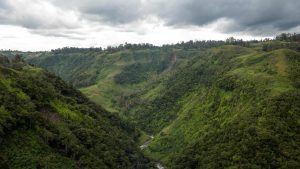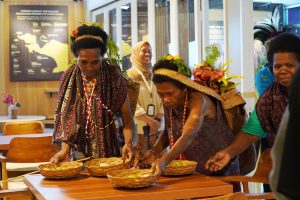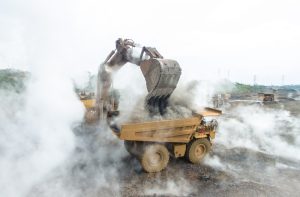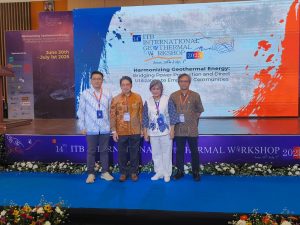
Jakarta – A doctoral student of the Department of Chemical Engineering at the Sepuluh November Institute of Technology (ITS), Fitria Nur Laily, ST, has successfully developed Microbial Fuel Cell (MFC) technology based on Sidoarjo mud. This technology can be used as an alternative power plant for the outermost, underdeveloped and foremost (3T) areas that still experience limited access to electricity, according to ITS on its website, Monday, 17 March.
MFC is a technology that uses microbial chemical processes in organic waste to produce electrical energy. Fitria explains that Sidoarjo sludge has great potential due to its high microbial content and natural heat, which accelerates the energy conversion process.
“This mud has a high temperature and causes microbes to live, which facilitates research on MFC,” explained Fitria. According to Fitria, the natural heat from the sludge, which has a high microbial content, accelerates the energy generation process in MFC.
The MFC’s electricity production process starts by mixing Sidoarjo sludge with organic waste, such as food waste or animal faeces. The microbes in the sludge break down the organic compounds and produce a stream of electrons that are then converted into electrical energy. The technology has been tested for one month, and the results show that the MFC can store energy in a power bank and switch on LED lights sustainably.
Fitria also explained that her inspiration to develop the MFC grew stronger after participating in a student exchange programme at Saga University, Japan. She studied sensor-based MFC technology that optimises microbial metabolism to increase electricity production there.
As part of her vision, Fitria hopes this innovation can be widely applied in 3T areas that still lack access to electricity. According to her, this technology depends not only on Sidoarjo mud but can also be developed with local mud in various regions.
Fitria is ambitious to initiate the utilisation of MFC for communities in 3T areas and hopes that this innovation can be developed more widely and become a real solution for the community. She also emphasised that MFCs are not the only, but one of the favourable options for environmental cleanliness and energy sources. “Of course, I hope that it is not only beneficial for the 3T community but can benefit the wider community,” he concluded. (Hartatik)
Banner photo: shutterstock













